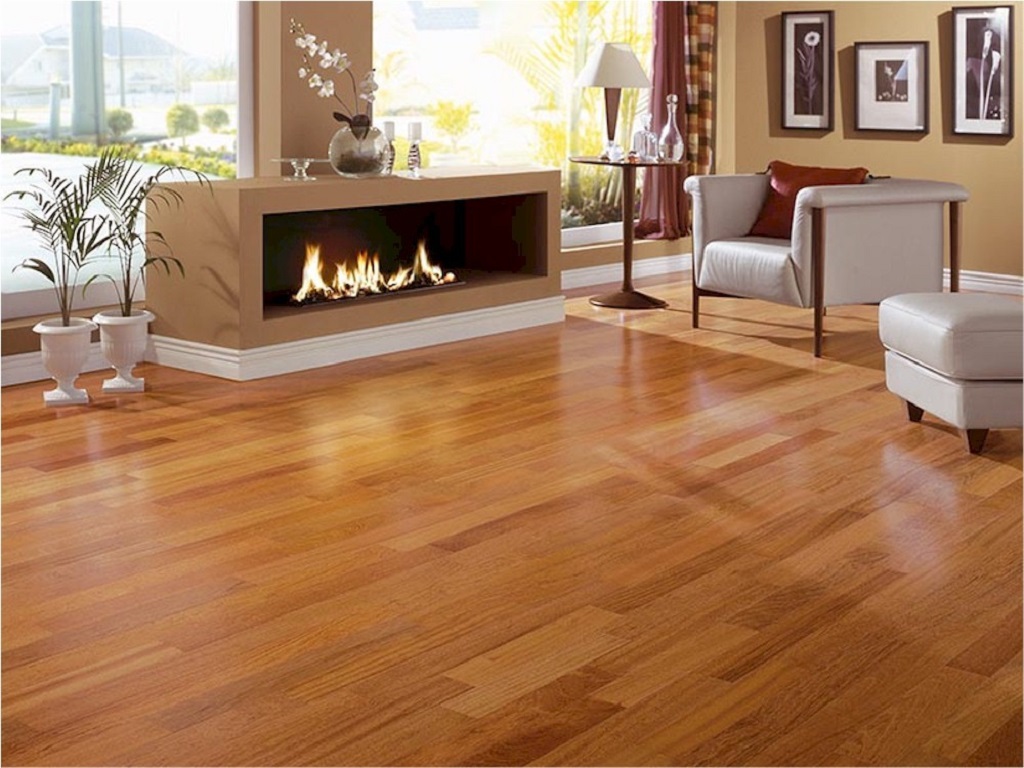
21 Jun The environmental benefits of solid oak flooring
It’s a common misconception that solid oak flooring must be bad for the environment. In fact, the reverse is true for a number of reasons.
Oak flooring has a unique appeal due to its warm, natural appearance that adds character to any room. However, those seeking to purchase new flooring may be put off by the idea that oak – or any hard wood – products are bad for the environment. Assuming you check the company’s credentials, however, this problem is entirely avoidable. Instead, oak flooring can be a very green option.
A renewable resource
Wood is, by its very nature, a renewable resource. Hard woods have come in for bad press in recent years because they take so long to grow. Soft woods grow quickly and are therefore easy to harvest and replace. Hard woods do not, and are therefore more prone to unsustainable harvesting and even illegal logging. The fact that the trees from which your oak flooring may be produced are 200-300 years old raises questions about sustainability. However, many flooring companies have excellent environmental policies and will plant far more trees than they replace, ensuring supplies for future generations. You can also check to see whether they are FSC (Forestry Stewardship Council) accredited.
A natural insulator
Oak floors are thick and solid. As well as making for a pleasing, substantial surface, oak is a natural insulator. This means that it helps to keep your home warm in the winter and cool in the summer – with benefits to both your energy bills and to the environment.
Embodied energy
When purchasing any new product or material, you should consider not only how much energy it requires to use, but also how much is ‘embodied’ in it – the amount of carbon dioxide that was created by the production process. So, for example, a car may have a very efficient engine, but an extremely high embodied energy. These production factors may offset any advantages of the more efficient engine, even over the lifespan of the car.
The great thing about wood is that its embodied energy is extremely low. Trees take in carbon dioxide from the atmosphere, and this is then locked up in the wood. A certain amount of energy is needed to carry out the sawing, drying and transportation of the oak floor boards, but this is comparatively small. In fact, solid oak flooring compares very favourably with other forms of flooring, including engineered oak boards (a veneer of oak bonded to plywood) and carpets.
Chemical use
A final environmental benefit of solid oak flooring is that it requires only oak. Very few chemicals are required for production: the wood is simply cut and sawn, then dried. This is in start contrast to more complex forms of wood flooring, or carpets and vinyls which may entail the use of any number of chemicals, including VOC (volatile organic compounds) which are released into the atmosphere after production.
All of these factors mean that solid oak flooring is an excellent choice over other alternatives. Not only that but it is beautiful, durable and easy to clean and maintain, meaning that it will retain its appeal for many years.


Sorry, the comment form is closed at this time.